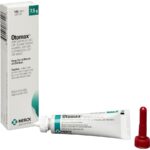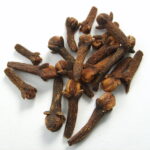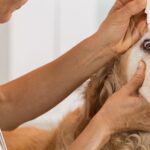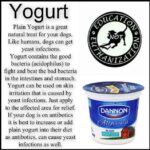How To Treat Elbow Calluses In Dogs
Elbow calluses are a common problem among dogs, especially those who spend a lot of time lying down on hard surfaces. These calluses can be unsightly and uncomfortable for your furry friend. Fortunately, there are several ways to treat elbow calluses in dogs.
First and foremost, it is important to understand what causes elbow calluses in dogs. When a dog lies down on a hard surface for an extended period of time, the skin on their elbows can become irritated and inflamed. Over time, this irritation can lead to the formation of calluses.
One way to treat elbow calluses in dogs is to provide them with a comfortable place to lie down. This could include a soft bed or even a blanket or towel placed over a hard surface. By giving your dog a more comfortable place to rest, you can help prevent further irritation and promote healing.
Another option for treating elbow calluses in dogs is to apply a moisturizing balm or ointment to the affected areas. This can help soothe the skin and promote healing. Look for products that contain natural ingredients like shea butter or coconut oil.
In some cases, it may be necessary to have your veterinarian remove the callus surgically. This is typically only recommended in severe cases where the callus is causing significant discomfort or hindering your dog’s mobility.
It is also important to note that prevention is key when it comes to elbow calluses in dogs. Make sure your dog has access to soft surfaces to lie on, and encourage them to move around frequently throughout the day. Regular grooming can also help prevent the formation of calluses by keeping the skin healthy and free from irritation.
If you notice any signs of discomfort or irritation on your dog’s elbows, it is important to take action as soon as possible. With proper treatment and prevention, you can help keep your furry friend comfortable and healthy for years to come.
In conclusion, treating elbow calluses in dogs requires a combination of preventative measures and targeted treatments. By providing your dog with a comfortable place to rest, using moisturizing balms or ointments, and seeking veterinary intervention when necessary, you can help keep your furry friend happy and healthy. Remember to prioritize prevention by encouraging movement and regular grooming, and don’t hesitate to take action if you notice any signs of discomfort or irritation on your dog’s elbows.



